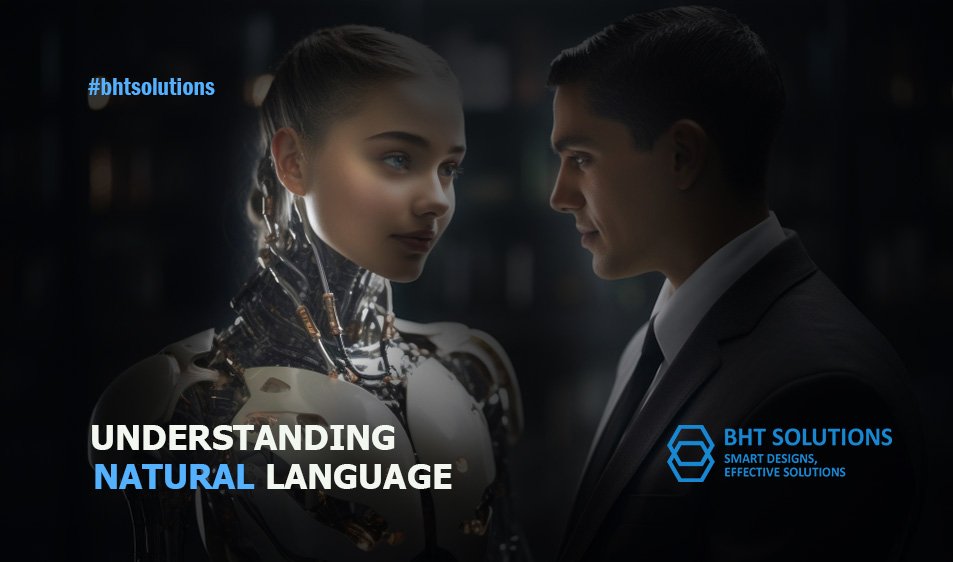In recent years, the field of robotics has witnessed remarkable advancements, propelling us closer to a future where autonomous systems seamlessly integrate into our daily lives. From self-driving cars and delivery drones to robotic assistants and companions, the potential applications of autonomous systems are vast and diverse. In this article, we’ll delve into the exciting world of advancing autonomous systems and explore the evolving landscape of human-robot interaction.
The Rise of Autonomous Systems
Autonomous systems are machines or robots capable of performing tasks and making decisions without human intervention. These systems rely on a combination of sensors, algorithms, and artificial intelligence to perceive their environment, analyze data, and execute actions autonomously. As technology continues to evolve, autonomous systems are becoming increasingly sophisticated, enabling them to perform a wide range of tasks across various domains, including transportation, healthcare, manufacturing, and more.
Human-Robot Interaction: A Key Component
Human-robot interaction (HRI) is a critical aspect of autonomous systems, as it determines how humans and robots communicate, collaborate, and coexist in shared environments. Effective HRI enhances the usability, acceptance, and performance of autonomous systems, enabling seamless interaction and collaboration between humans and robots. As such, researchers and engineers are actively exploring innovative ways to improve HRI to unlock the full potential of autonomous systems.
Enhancing HRI with Advanced Technologies
Several advanced technologies play a crucial role in enhancing human-robot interaction and advancing autonomous systems:
1. Natural Language Processing (NLP)
Natural language processing (NLP) enables robots to understand and respond to human speech, facilitating natural and intuitive communication between humans and robots. NLP algorithms enable robots to interpret spoken commands, answer questions, and engage in meaningful conversations with users, enhancing the usability and accessibility of autonomous systems.
2. Computer Vision
Computer vision technologies enable robots to perceive and interpret visual information from their environment, allowing them to navigate and interact with the world around them. Advanced computer vision algorithms enable robots to recognize objects, people, and gestures, enabling more intuitive and context-aware interactions with humans.
3. Machine Learning and AI
Machine learning and artificial intelligence (AI) play a central role in enabling autonomous systems to adapt and learn from their interactions with humans. By leveraging machine learning algorithms, robots can personalize their responses and behaviors based on user preferences, past experiences, and feedback, enhancing the quality of human-robot interaction and improving overall performance.
4. Sensing and Feedback Mechanisms
Effective human-robot interaction relies on robust sensing and feedback mechanisms that enable robots to perceive and respond to human actions and intentions. Sensors such as cameras, microphones, and touch sensors provide valuable input to autonomous systems, allowing them to detect gestures, facial expressions, and touch cues from humans and respond accordingly.
Applications and Implications of Advancing Autonomous Systems
The advancements in autonomous systems and human-robot interaction have far-reaching implications across various domains:
- Transportation: Self-driving cars and autonomous drones promise to revolutionize transportation, offering safer, more efficient, and more sustainable mobility solutions.
- Healthcare: Robotic assistants and surgical robots are transforming healthcare delivery, enabling precise and minimally invasive procedures while enhancing patient care and outcomes.
- Manufacturing: Collaborative robots (cobots) are increasingly being used in manufacturing environments to work alongside human workers, enhancing productivity, efficiency, and workplace safety.

Shaping the Future of Human-Robot Interaction
As autonomous systems continue to evolve and become increasingly integrated into our daily lives, the future of human-robot interaction holds immense promise and potential. By leveraging advanced technologies and fostering interdisciplinary collaboration, we can unlock new opportunities for innovation and create more seamless, intuitive, and productive interactions between humans and robots. As we embark on this journey, it’s essential to consider the ethical, social, and cultural implications of advancing autonomous systems, ensuring that they enhance human well-being and contribute positively to society.
